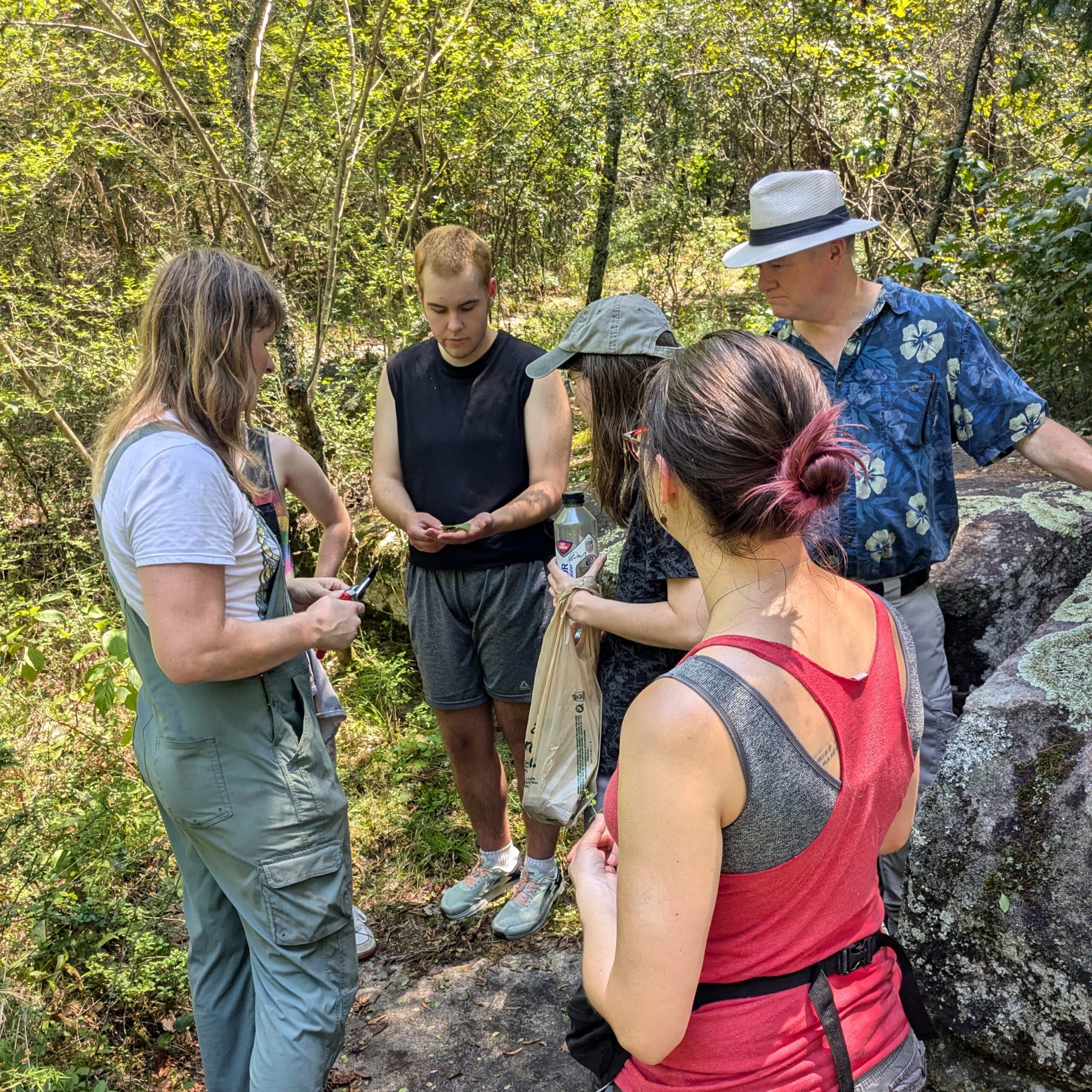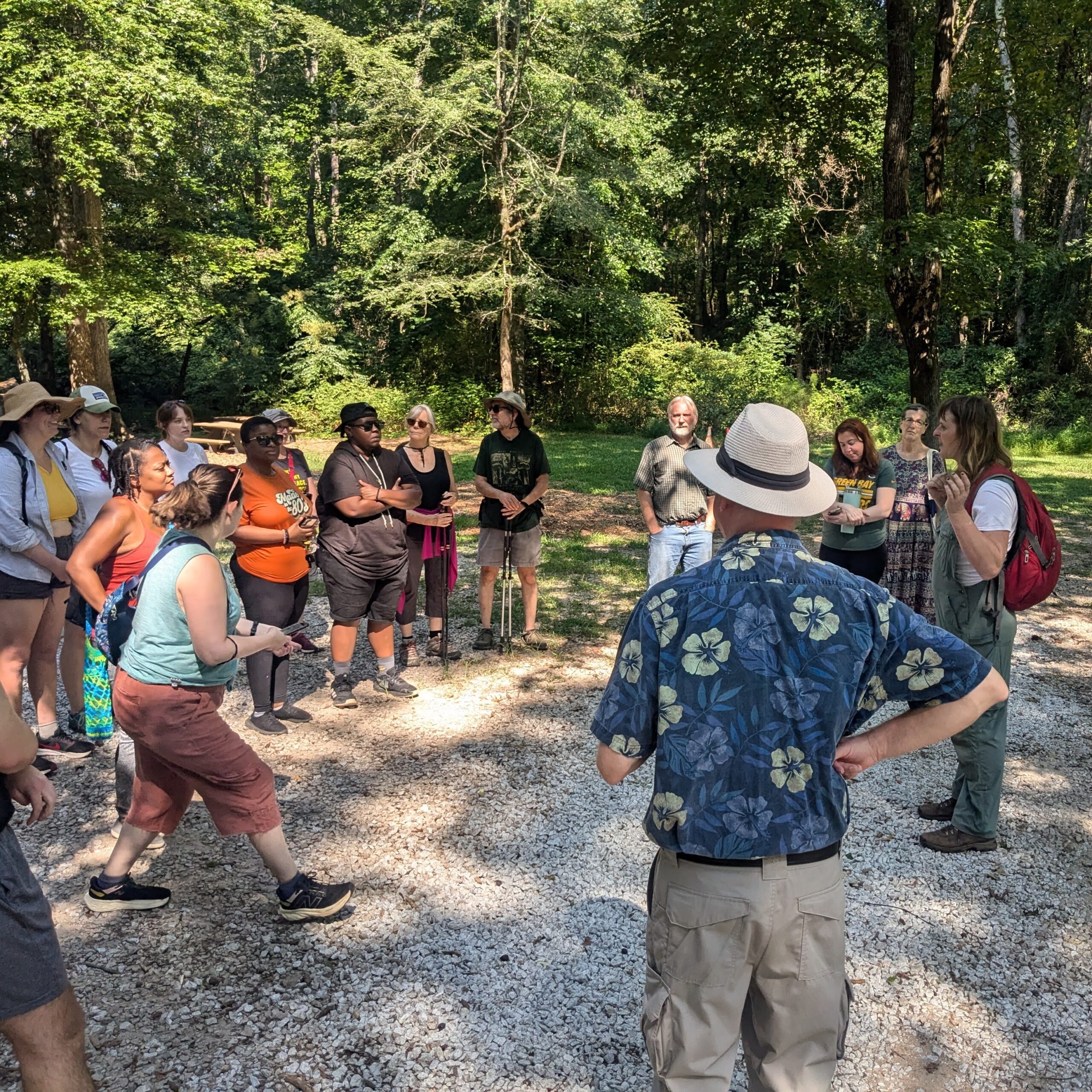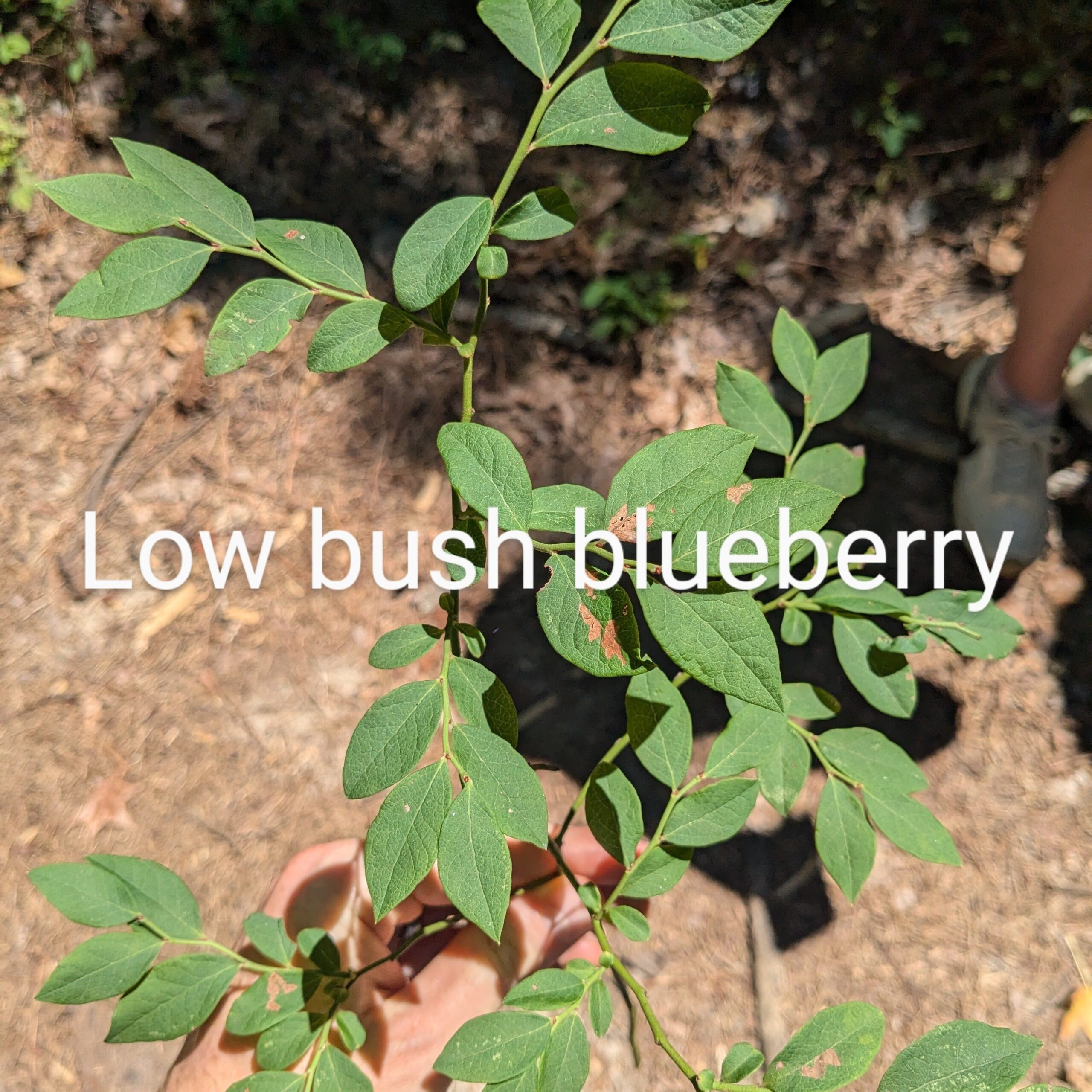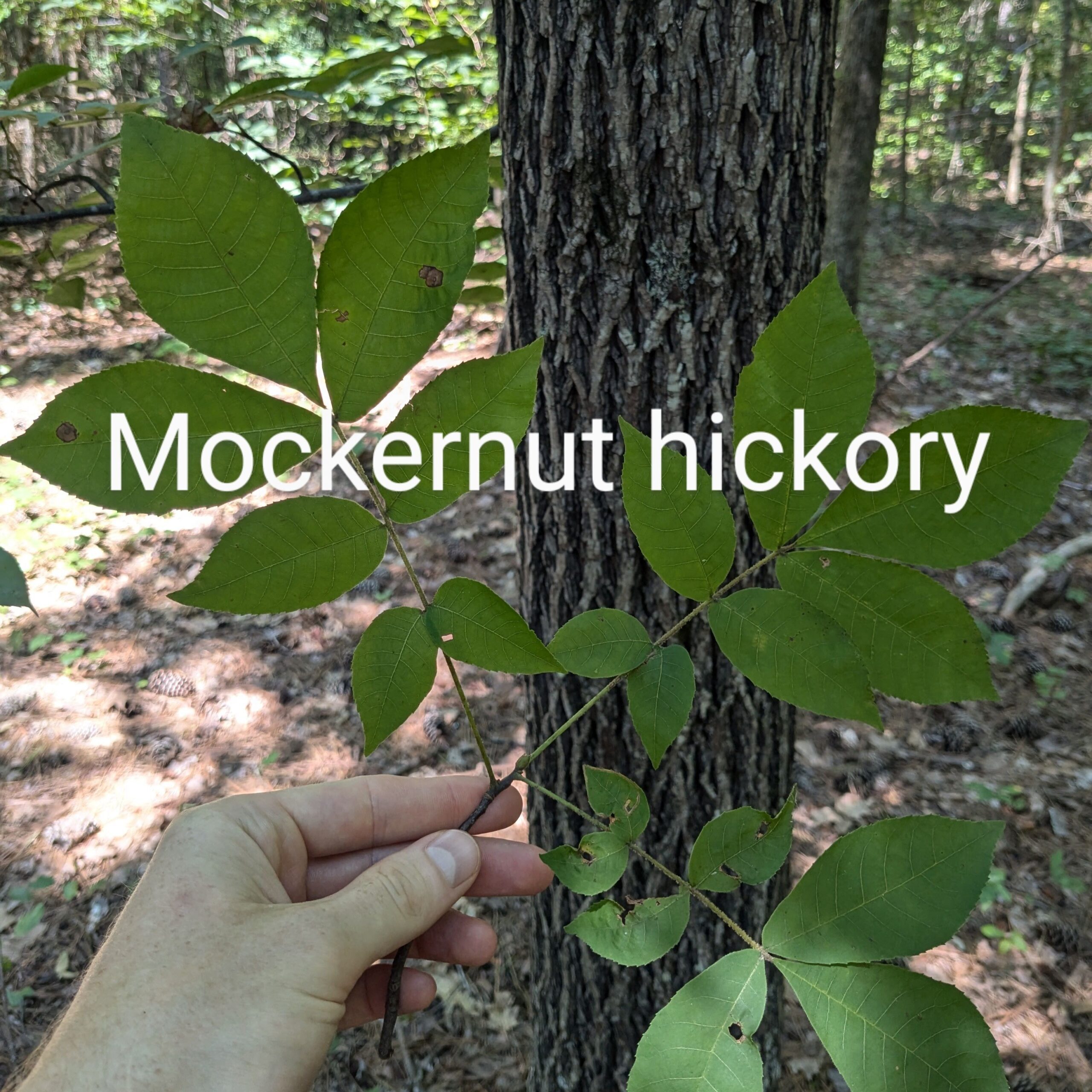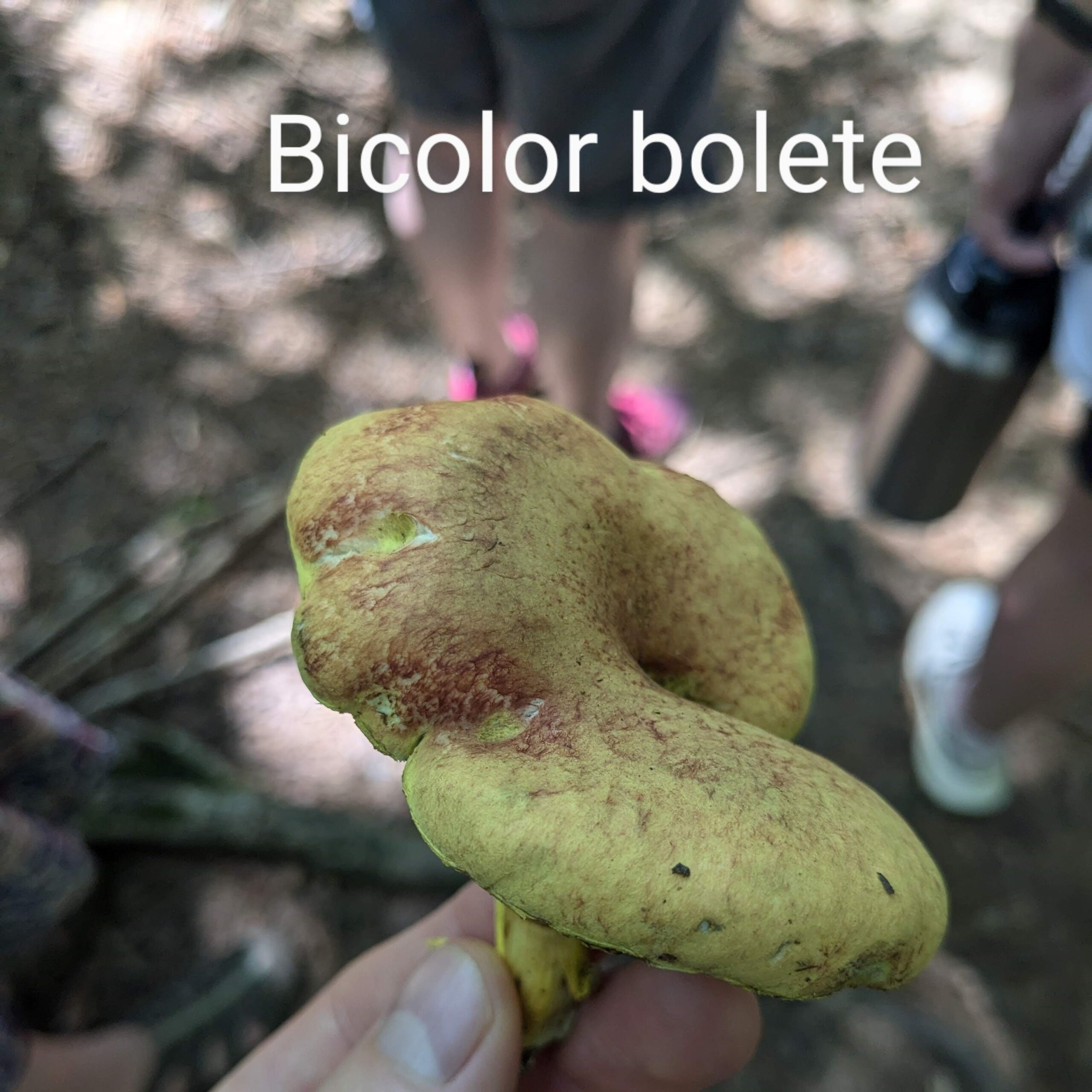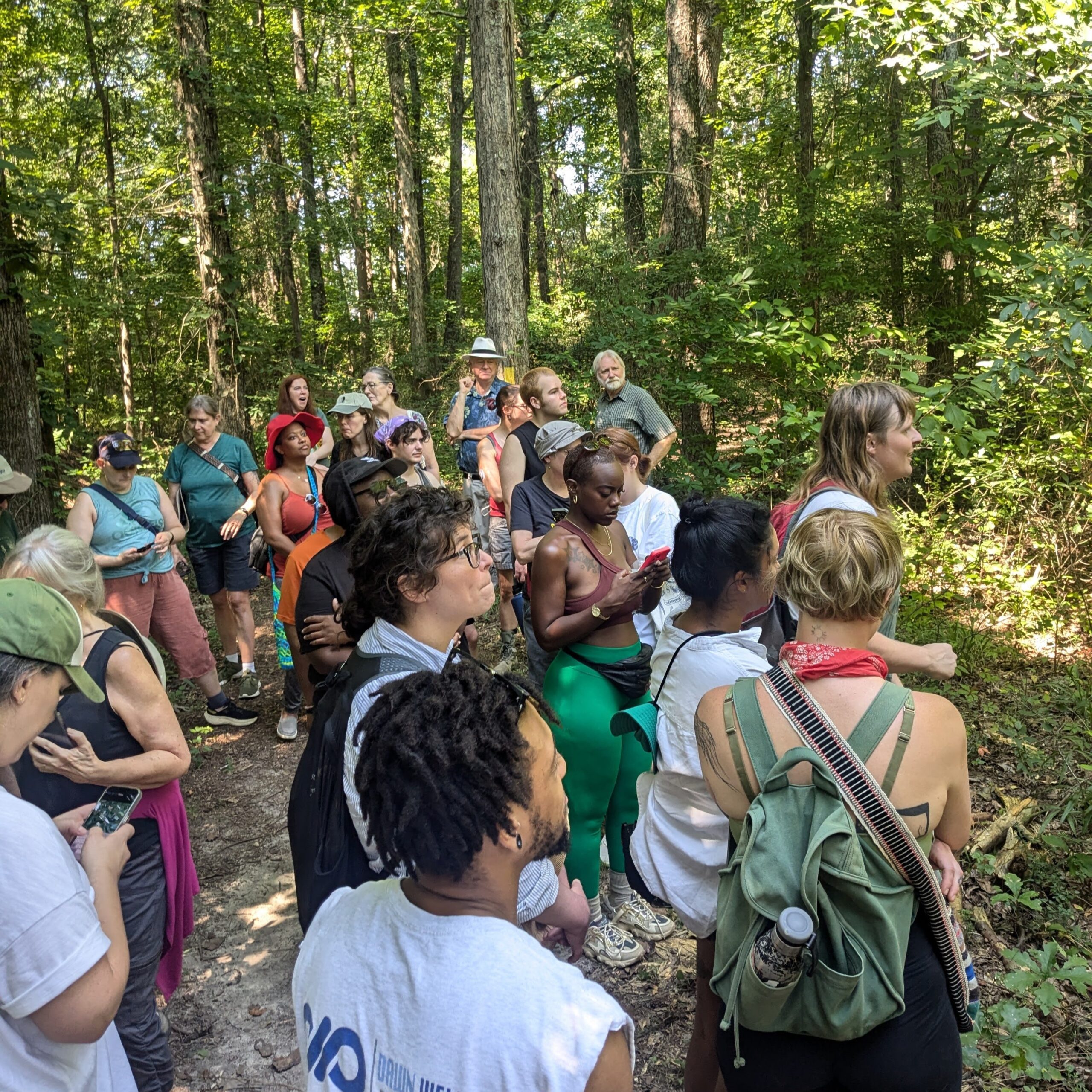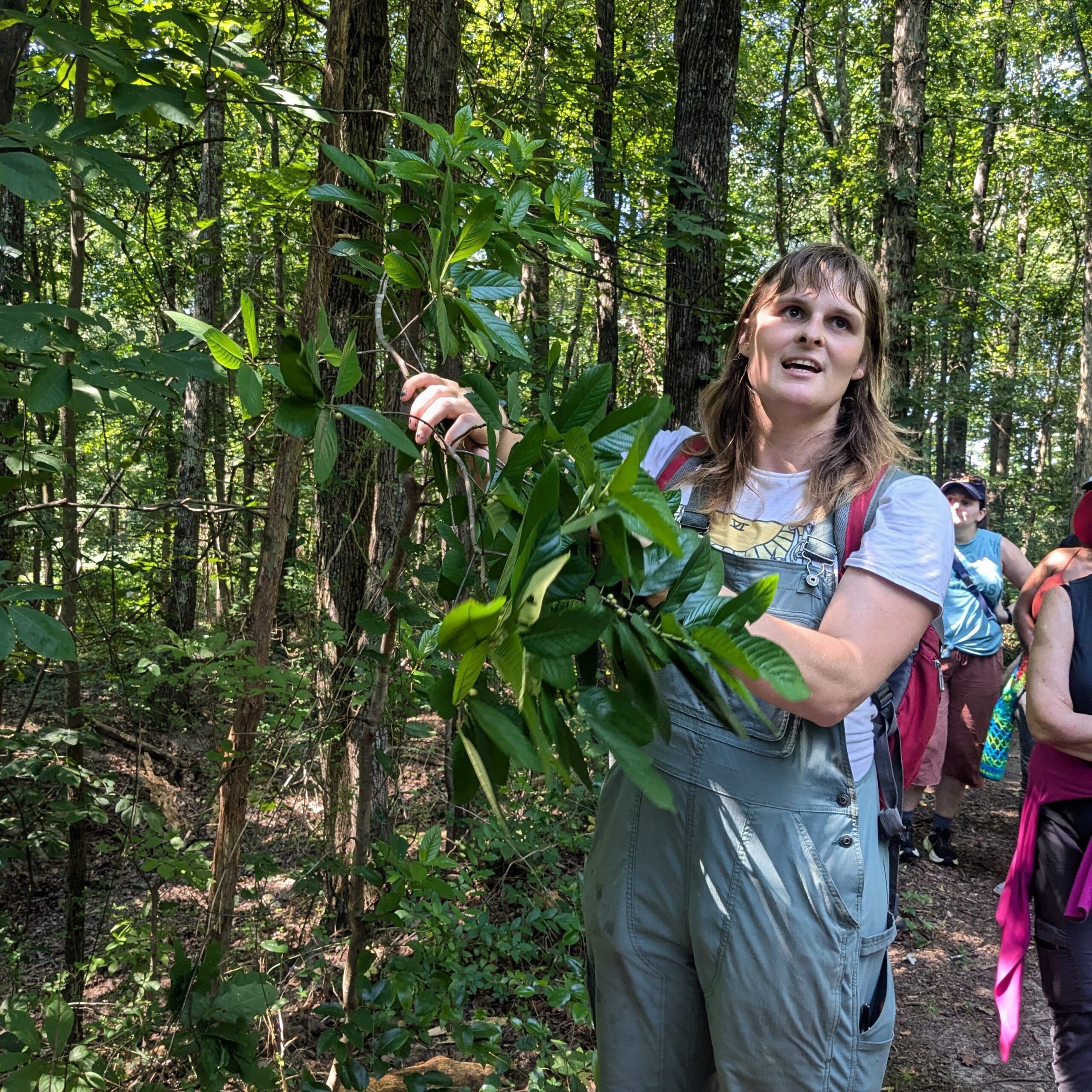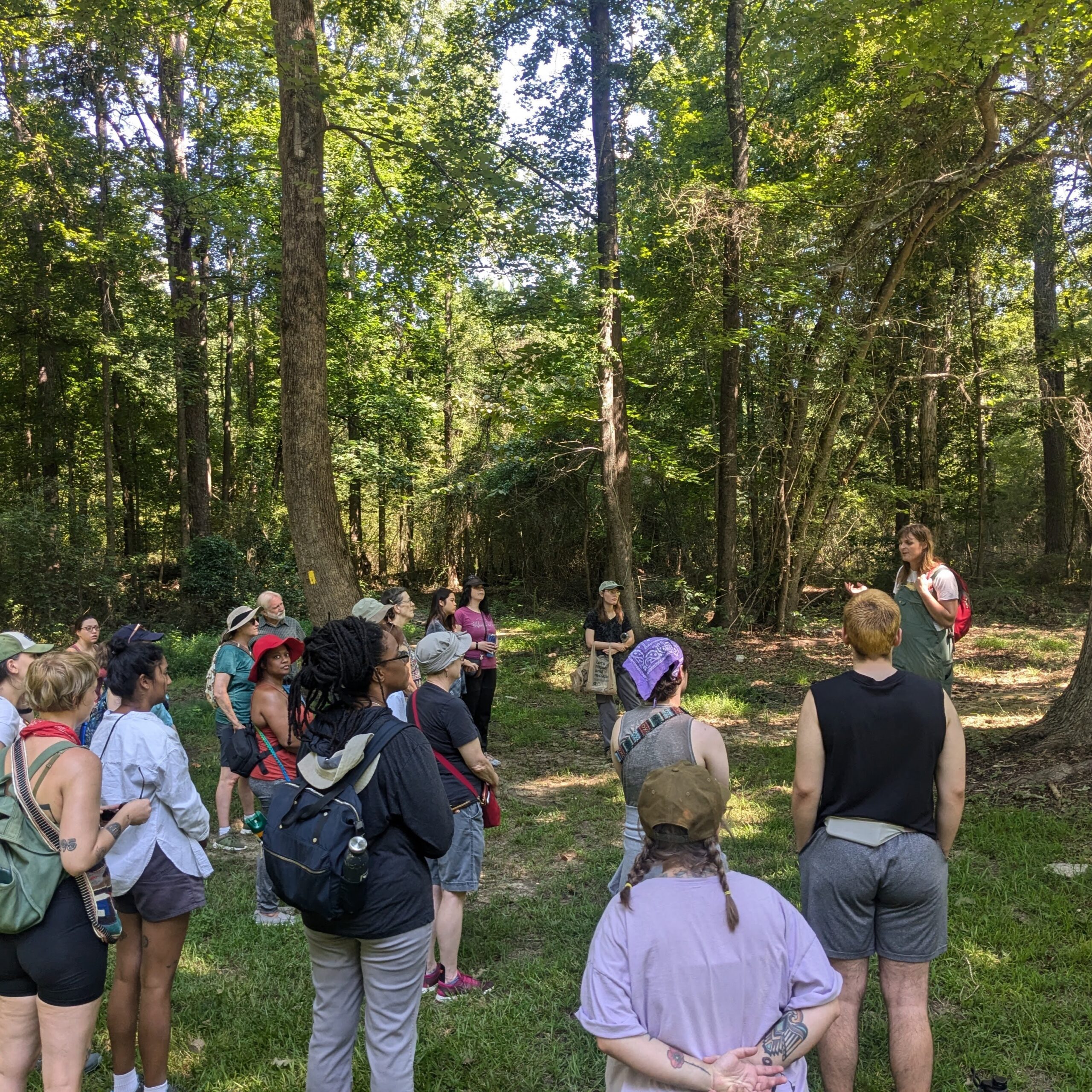On Aug 11, 2024, Hazel led us on a hike through the Davidson-Arabia Mountain Nature Preserve.
The most important thing we learned is to never to eat something the first time you identify it. Get to know the area, check and try to identify it again. Check with online groups of experts like on Facebook. Foraging should not be thought of as a one-day activity, but rather over long periods of time. Learning the area and becoming more comfortable and confident in what is present there. Including the non-edible stuff.
Tips and tricks we gleaned from this event:
- It is good to have pruning shears and maybe even a saw when foraging. Yanking stuff off of plants can leave them open to disease and could ruin that food source in the ecosystem.
- Place the things you carry in a broad basket, so stuff doesn’t pile up and get crushed too much. Gathered foods are delicate.
- “Edge areas” are between field and forest and places where trees fell. These are great places for diversity and berries partially because of extra sunlight, which leads to good berries being produced.
We learned how “key out” using leaf structure. This is best done by collecting and borrowing books with “keys” where you can figure out the structure of the leaf and look into the category to figure out what plant you are looking at. Again, something to practice many times and checking with experts to make sure!
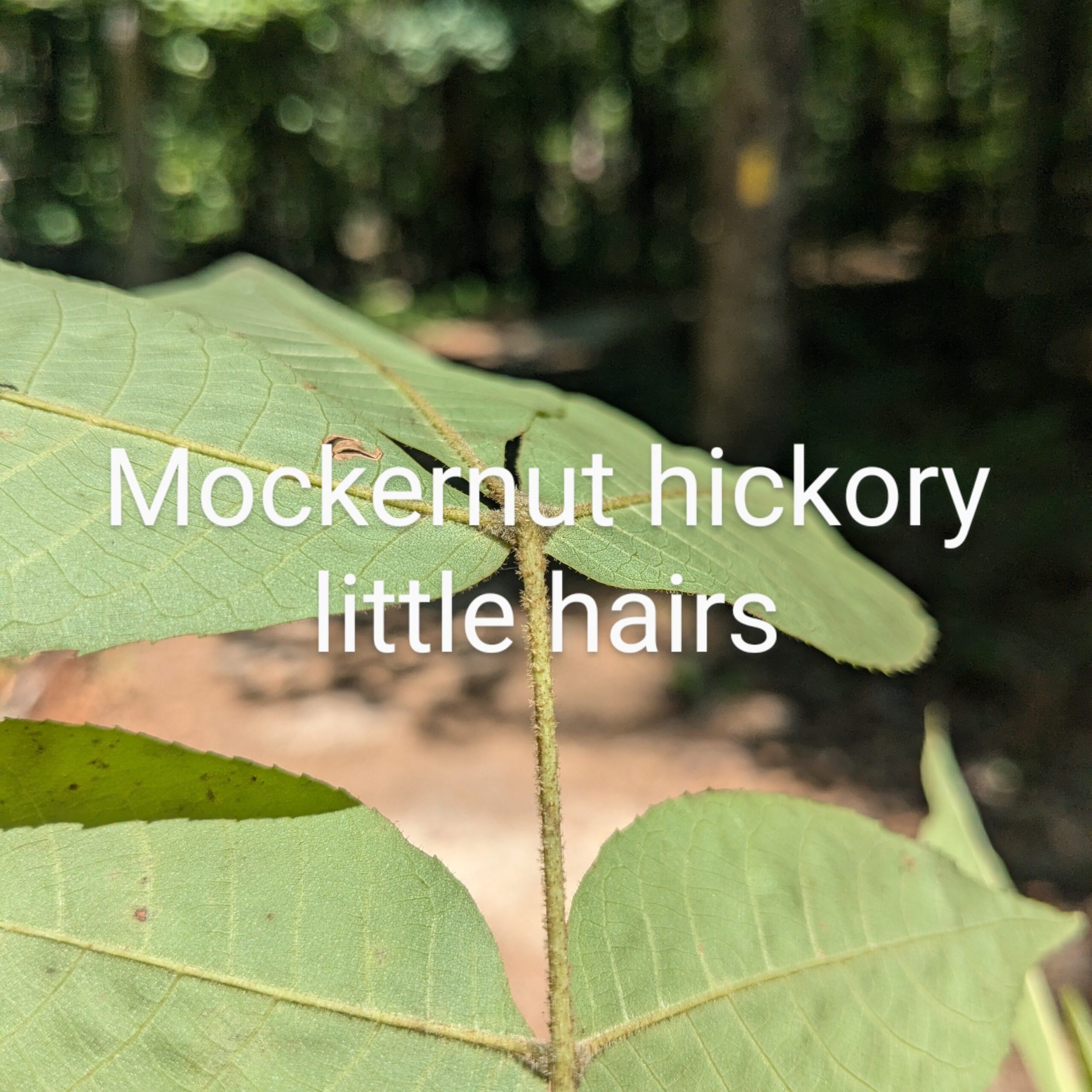
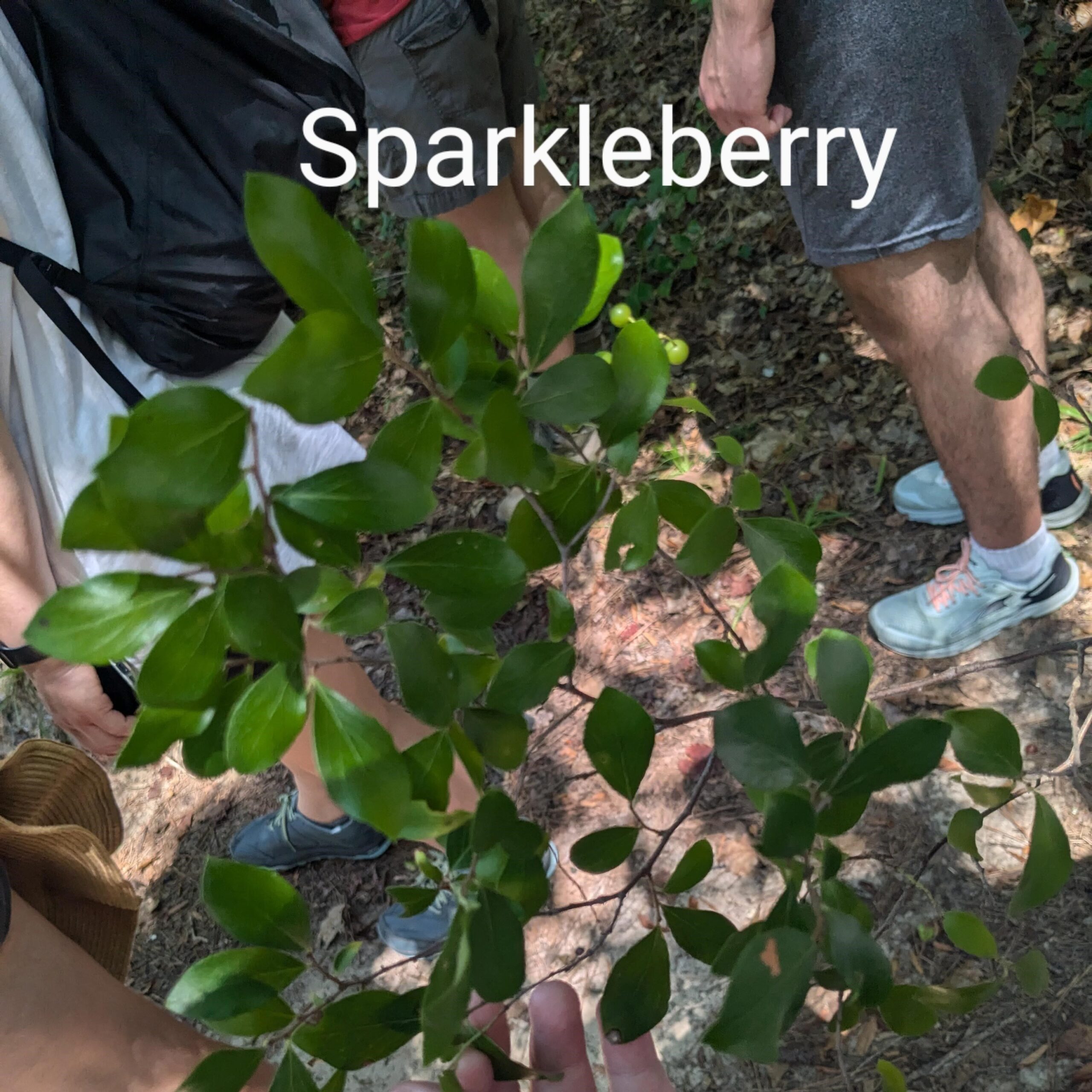
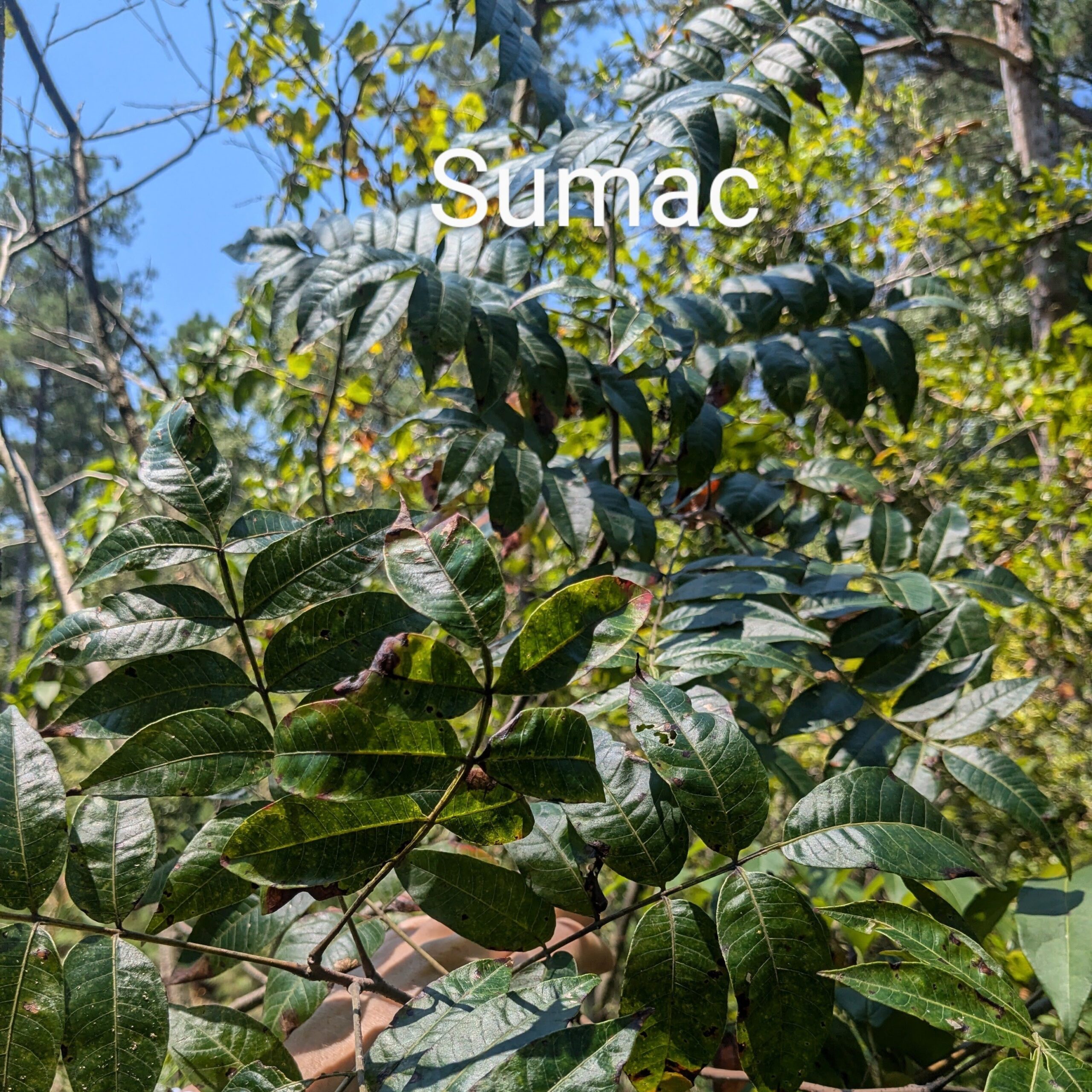
Things we learned about individual plants:
- The acorns of white oak can be used to make lots of stuff, including breads. once shelled and cleaned and the tannins are soaked out.
- Beauty berries are edible in small quantities and that they don’t taste like much because birds can’t taste. They are really for the birds!
- Pawpaw is a delicious fruit but that needs genetic diversity around them to yield fruit because they don’t self-pollenate. So sometimes you will see a bunch of pawpaw trees and no fruit.
- Sassafras can be identified by finding the three types of leaf shape with one, two, and three lobes. Sassafras leaves are delicious!

